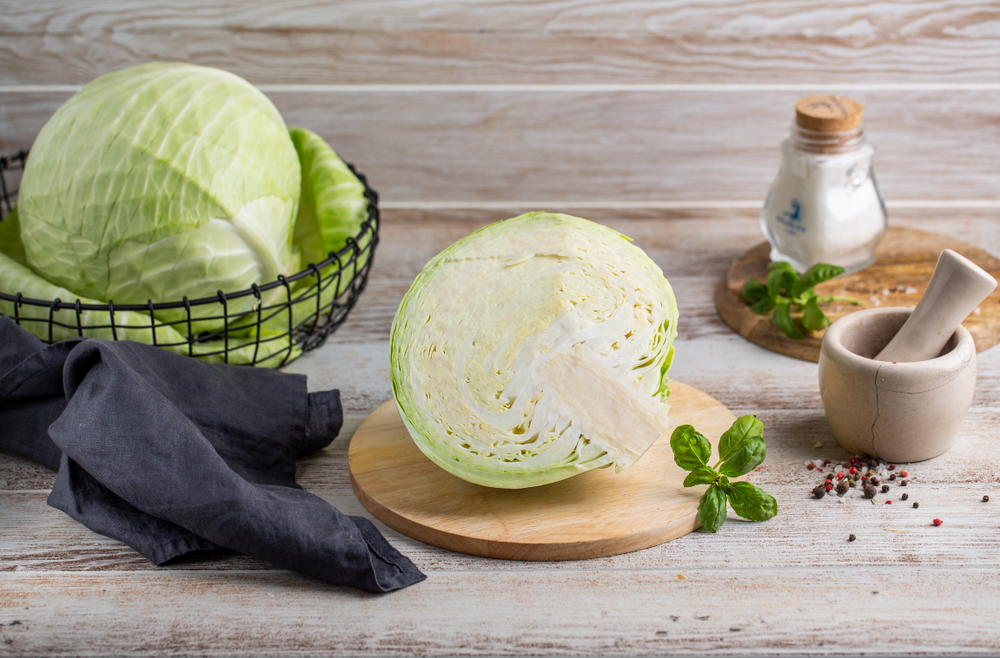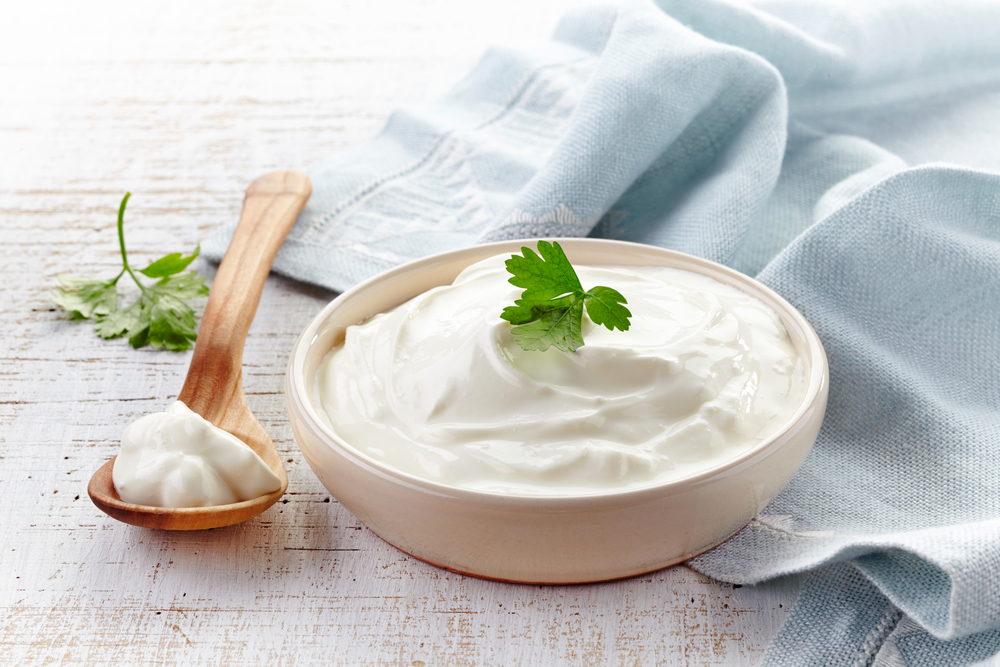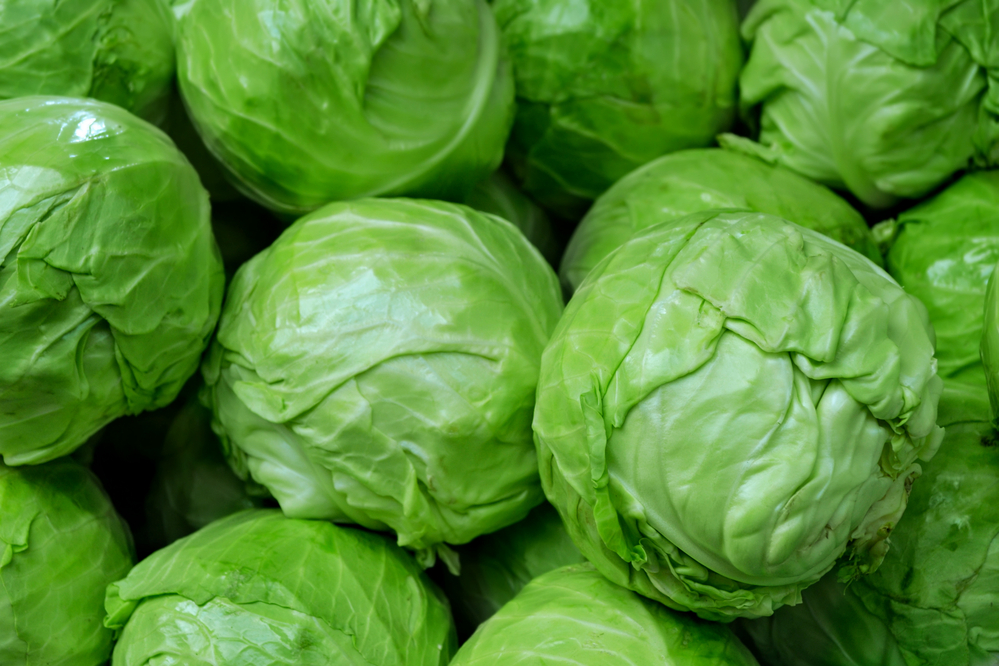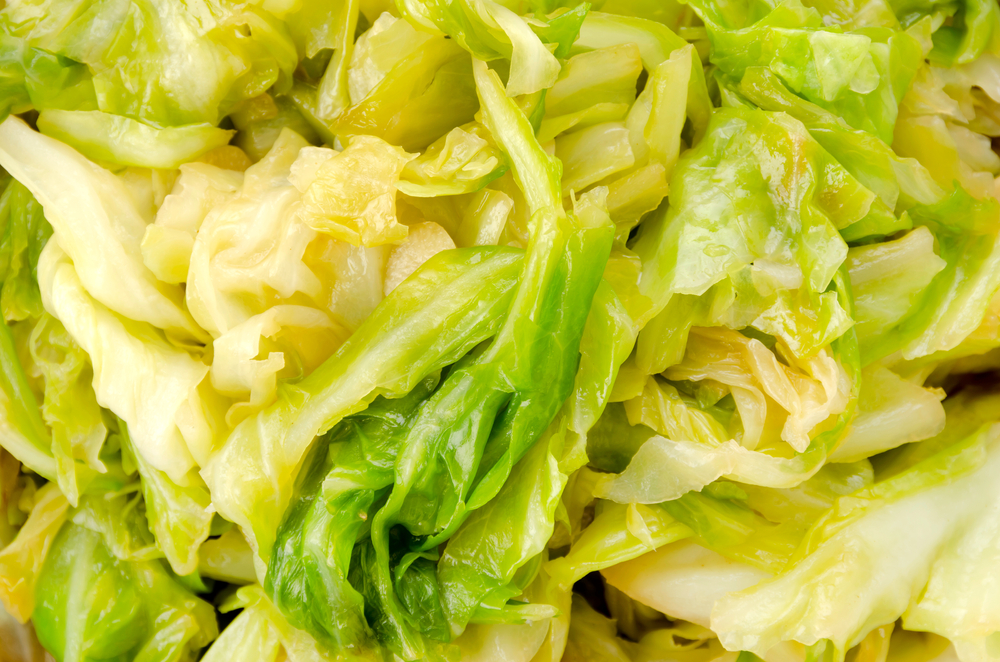Freezing sauerkraut is a great way to preserve its flavor and quality for a longer period of time. Sauerkraut is a fermented cabbage dish that has been enjoyed for centuries.
It is a popular side dish, condiment, and ingredient in many recipes. Freezing sauerkraut is a simple process that can be done in a few easy steps.
To freeze sauerkraut, it is important to understand how it is made and what ingredients are used. Sauerkraut is made by fermenting cabbage with salt.
The fermentation process creates lactic acid, which gives sauerkraut its tangy flavor. It is important to use fresh sauerkraut that has not been sitting out for too long. The longer the sauerkraut sits, the more sour it becomes, which can affect its flavor when frozen.
Preparing sauerkraut for freezing involves portioning it into smaller sizes and choosing the right container. Freezing sauerkraut in smaller portions helps it freeze faster and makes it easier to use later on.
The right container should be airtight and freezer-safe to prevent freezer burn. Once frozen, sauerkraut can be stored for up to six months.
Key Takeaways
- Freezing sauerkraut is a simple process that can help preserve its flavor and quality for a longer period of time.
- It is important to use fresh sauerkraut and portion it into smaller sizes before freezing.
- The right container should be airtight and freezer-safe to prevent freezer burn.
Understanding Sauerkraut

Origins and Significance
Sauerkraut is a traditional dish made from fermented cabbage that has been around for centuries. It is believed to have originated in China over 2,000 years ago and was later introduced to Europe by the Mongols.
The Germans and Eastern Europeans are particularly famous for their love of sauerkraut, and it has become a staple of their cuisine.
In the pickling process, salt is added to shredded cabbage, which triggers the fermentation process. During fermentation, lactic acid bacteria convert the natural sugars in the cabbage into lactic acid. This process gives sauerkraut its characteristic sour taste and also helps to preserve it.
Health Benefits
Sauerkraut is not only delicious but also packed with nutrients. It is an excellent source of probiotics, which are healthy bacteria that help to support the immune system and improve digestive health. The lactic acid bacteria found in sauerkraut are particularly beneficial for the gut microbiome.
Sauerkraut is also rich in vitamins C and K, potassium, and calcium. These vitamins and minerals are essential for maintaining healthy bones, teeth, and skin. Additionally, sauerkraut contains enzymes that aid in digestion and improve nutrient absorption.
Overall, sauerkraut is a nutritious and delicious food that can be easily incorporated into one’s diet.
Preparing Sauerkraut for Freezing
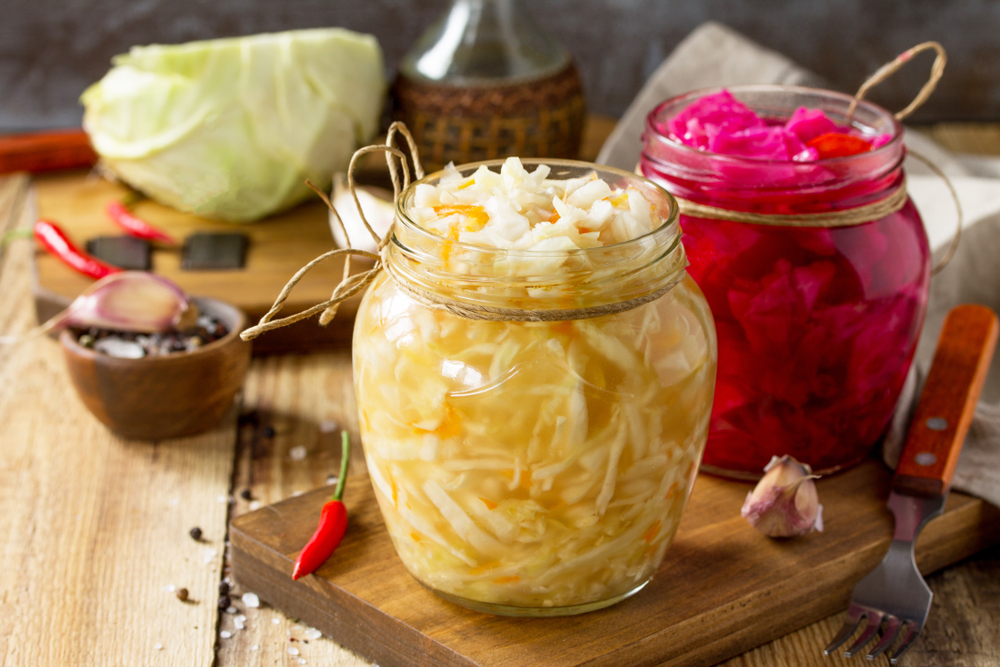
When it comes to freezing sauerkraut, proper preparation is key to maintaining its quality and taste. This section will cover the steps needed to prepare sauerkraut for freezing, including choosing the right sauerkraut and the packing process.
Choosing the Right Sauerkraut
Before freezing sauerkraut, it’s important to choose the right type. Fresh sauerkraut is best for freezing, as it has not been stored for a long time and does not contain excess air in the packaging. Homemade sauerkraut is also a good option, as it is often fresher than store-bought sauerkraut.
If using store-bought sauerkraut, look for canned or fermented sauerkraut that has not been opened. Avoid using sauerkraut that has been stored in the refrigerator for a long time, as it may have lost its quality.
Packing Process
Once you have chosen the right sauerkraut, it’s time to start the packing process. Here are the steps to follow:
- Transfer the sauerkraut to an airtight container that can withstand freezer temperatures. Glass jars or plastic freezer bags are good options.
- Leave some headspace in the container to allow for expansion during freezing.
- If using a glass jar, make sure to leave at least an inch of headspace at the top to prevent the jar from breaking.
- Remove excess air from the container to prevent freezer burn. For plastic bags, press out as much air as possible before sealing. For glass jars, use a vacuum sealer or cover the sauerkraut with plastic wrap before sealing the lid.
- Label the container with the date of freezing and the portion size.
By following these steps, you can ensure that your sauerkraut stays fresh and flavorful when frozen.
Freezing and Storing Sauerkraut
Freezing Process
Freezing sauerkraut is a great way to preserve it for long-term storage. The process is simple and can be done with homemade or store-bought sauerkraut. Here are the steps to freeze sauerkraut:
- Portion the sauerkraut: Divide the sauerkraut into small portions that you will use in a single serving. This will help the sauerkraut freeze faster and make it easier to thaw only the amount you need.
- Choose the right container: Use an airtight container that is freezer-safe. Glass jars, plastic containers, or freezer bags are all good options. Make sure to leave enough headspace to allow for expansion during freezing.
- Freeze: Place the sauerkraut in the freezer and freeze until solid. It should take around 2-3 hours.
Storing Process
Once the sauerkraut is frozen, it can be stored for up to 8 months in the freezer. Here are some tips for storing sauerkraut:
- Label and date: Make sure to label the container with the date and contents so that you can easily identify it later.
- Avoid freezer burn: Freezer burn can cause the sauerkraut to become dry and lose its flavor. To prevent freezer burn, make sure to use an airtight container and remove as much air as possible.
- Thawing: To thaw the sauerkraut, simply take it out of the freezer and place it in the refrigerator. It will take around 24 hours to thaw completely.
- Using thawed sauerkraut: Once the sauerkraut is thawed, it can be used in the same way as fresh sauerkraut. It can be added to soups, stews, or sandwiches.
In conclusion, freezing sauerkraut is a great way to preserve its freshness and flavor for long-term storage. By following these simple steps, you can enjoy sauerkraut throughout the year.
Using Frozen Sauerkraut
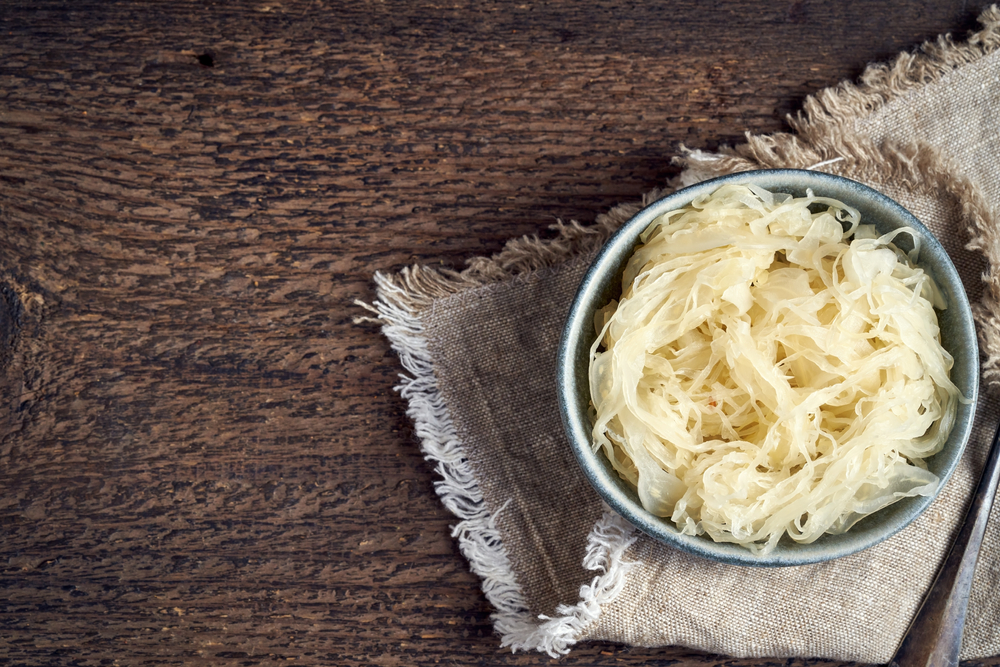
Thawing and Defrosting
When it comes to using frozen sauerkraut, the first step is to defrost it properly. The best way to do this is to transfer the frozen sauerkraut from the freezer to the refrigerator and let it thaw overnight. This slow thawing process helps to preserve the texture and flavor of the sauerkraut.
If you’re in a hurry, you can also defrost frozen sauerkraut in the microwave. Simply place the frozen sauerkraut in a microwave-safe dish and use the defrost setting for a few minutes until it’s fully thawed. However, be careful not to overheat it, as this can cause the sauerkraut to become mushy.
Incorporating in Dishes
Once the sauerkraut is thawed, it’s ready to be incorporated into a variety of dishes. Frozen sauerkraut can be used as a side dish or added to cooked dishes to give them a tangy flavor. It’s also possible to freeze cooked sauerkraut and use it in recipes later.
One popular way to use sauerkraut is to pair it with apples. This combination works well in relishes and can be used as a topping for pork, sausages, and hot dogs. Sauerkraut can also be added to stews, soups, and borscht for a flavorful twist.
When incorporating frozen sauerkraut into dishes, it’s important to heat it properly. This can be done by adding the sauerkraut to the dish during the cooking process or by heating it separately in a pan on the stove.
Be sure to follow the recipe instructions carefully to avoid overcooking the sauerkraut and losing its tangy flavor.
Overall, frozen sauerkraut has a long shelf life and can be a convenient ingredient to have on hand for a variety of recipes. By defrosting it properly and incorporating it into dishes correctly, you can enjoy the tangy flavor of sauerkraut in many different ways.
Related post: How to Freeze Cabbage
Frequently Asked Questions
Can sauerkraut be frozen?
Yes, sauerkraut can be frozen. Freezing is a great way to store sauerkraut for an extended period. However, some of the good probiotic bacteria may be lost during the process.
How long does sauerkraut last in the freezer?
Sauerkraut can last up to 8 months in the freezer if stored in an airtight container. It’s important to note that the longer sauerkraut is stored in the freezer, the more likely it is to lose its flavor and texture.
Should sauerkraut be drained before freezing?
It’s recommended to drain the excess liquid from the sauerkraut before freezing it. This will prevent freezer burn and mushiness. However, if you prefer to freeze your sauerkraut with its liquid, make sure to use an airtight container to prevent freezer burn.
What is the best way to freeze sauerkraut?
The best way to freeze sauerkraut is to first drain the excess liquid and then pack it into an airtight container or freezer bag. Make sure to remove as much air as possible before sealing the container or bag. Label the container or bag with the date and contents before placing it in the freezer.
What are some recipes that use frozen sauerkraut?
Frozen sauerkraut can be used in a variety of recipes, including soups, stews, casseroles, and sandwiches. Some popular recipes include Reuben sandwiches, sauerkraut soup, and sauerkraut and sausage skillet.
Can sauerkraut soup be frozen?
Yes, sauerkraut soup can be frozen. However, it’s important to note that the texture of the sauerkraut may change slightly after being frozen and thawed. To prevent this, it’s recommended to slightly undercook the sauerkraut before adding it to the soup.


